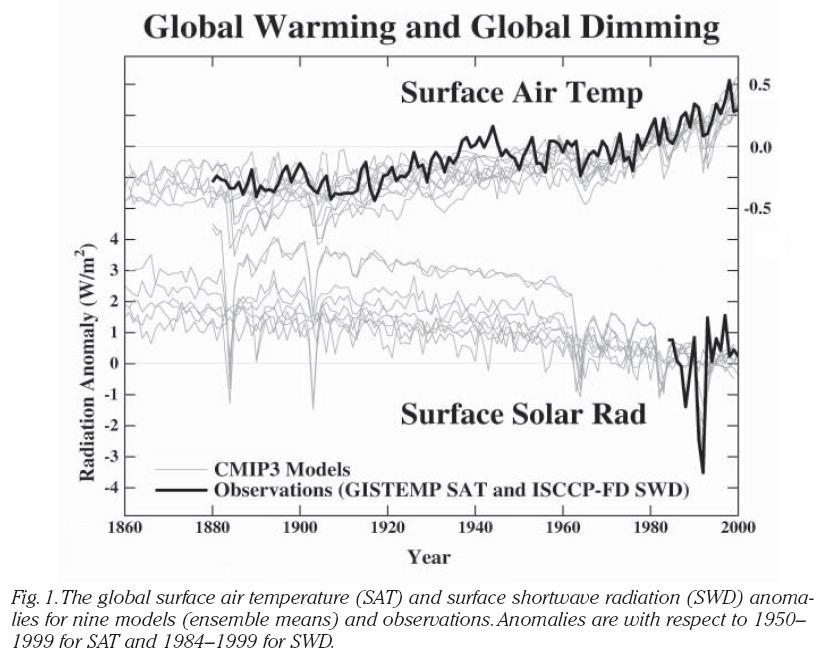There is a new paper in Science this week on changes to atmospheric visibility. In clear sky conditions (no clouds), this is related mainly to the amount of aerosols (particulate matter) in the air (but is slightly dependent on the amount of water vapour as well, which is corrected for in this study). The authors report that the clear-sky visibility has decreased almost everywhere (particularly in Asia) from 1973 to 2007, with the exception of Europe where visibility has increased (consistent with the ‘brightening trend’ reported recently). Trends in North American stations seem relatively flat.
There is another story that didn’t get as much press when it came out late last year but that is highly relevant to this issue – whether any of the efforts that the Chinese authorities to reduce air pollution ahead of the Olympics last year had any impact. To the extent that they did, they might point the way to reducing aerosols and other pollutants across Asia, but it might also reveal how hard it is to do so.
[Read more…] about Olympian efforts to control pollution
